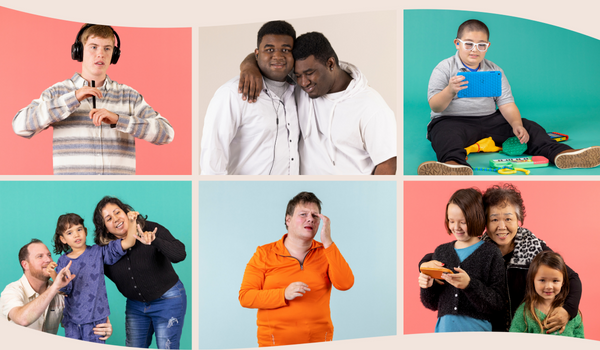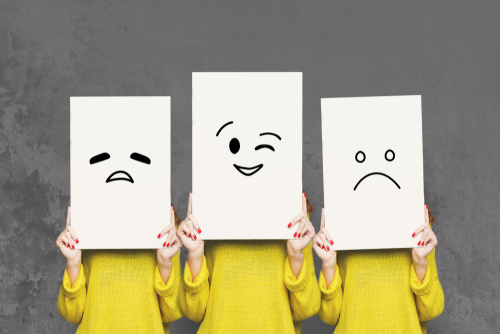Autism spectrum disorder (ASD) is the fastest-growing developmental disability in the U.S., with 1-in-36 children receiving a diagnosis, according to a newly released report. ASD refers to a broad range of conditions characterized by challenges with social skills, repetitive behaviors, and speech and nonverbal communication. There are a wide range of ASD signs and symptoms (thus a “spectrum”). Unfortunately, some autistics feel compelled to hide their condition by controlling behaviors. This type of concealment is called autism masking.
Autism Masking 101
Autism masking is most often attempted by individuals with ASD who feel pressured to “fit in” to the neurotypical stereotype. This can occur when a neurodivergent person recognizes that something of importance may hinge on another’s perception of him/her/them. Autism masking can be motivated by many reasons; for example, to curb bullying, forge romantic connections, maintain friendships, boost career opportunities, avoid being stigmatized, etc.
“Masking is a strategy that autistic individuals may use to navigate social situations. They might feel they are required to suppress their characteristics and mannerisms in an attempt to blend in with everyone else,” Christopher Banks, President and CEO of Autism Society of America, tells AmeriDisability. “They understand that, in our society, revealing their genuine selves can result in challenges in building and sustaining relationships, as well as the possibility of being rejected.”
Women may be more likely to try this camouflaging tactic because, according to an Autism Society communications representative, “autistic girls and women tend to be more aware of their social environment which can lead to feelings of insecurity.”

Those who attempt autism masking may feel as though it helps in certain (or all) situations, however suppressing oneself just is not a healthy or sustainable strategy. Autism masking is loosely summarized by three stages: (1) the motivation to mask, (2) the actions of concealing and (3) the consequences of autism masking. Banks explains that autism masking involves an “internal experience that can be vastly different from an individual’s external presentation.”
Autism Masking is About Hiding One’s Behaviors
Autism masking varies, but a person may try the following (and other) actions:
- force eye contact
- imitate facial expressions and/or mimic gestures
- rehearse responses or script conversations
- unnecessarily tolerate sensory overload
- disguise stimming movements
While autism masking may be believed to serve as a protective shield by some implementers, it hinders the ability of others to genuinely know the autistic person for who they really are. This can lead to isolation, profound loneliness and even an increased risk of suicide in some cases, Banks says. In fact, research studies have indeed tracked the harmful consequences of autism masking, such as stress and anxiety, depression, exhaustion, delayed and/or misdiagnoses, loss of identity and self-harm.
“It’s worth noting that masking is not exclusive to individuals on the autism spectrum. Neurotypical individuals also use masking as a coping mechanism to navigate social situations,” Kristyn Roth, Chief Marketing Officer for Autism Society of America, tells AmeriDisability.

Snapshot of Diversity
Earlier this year, the Autism Society of America hosted a community photoshoot to visually capture and illustrate the diverse needs, emotions and experiences of autistic people. The purpose of these mindful images is to highlight the importance and beauty of individuality, diversity and inclusion.
Hiding who you are, because of a disability or otherwise, is physically and emotionally draining. And for many people with ASD, that uncomfortable experience can be a daily reality – but it does not have to be. Autism pride and/or disability pride, especially with the support of disability allies, is key! All people, including those with neurodiversity, need to be accepted and respected — by themselves and our society in general.






